

Ben Zachariah
CarExpert's top five EV reviews of 2025
13 Hours Ago
The Scorpio nameplate has been around for over 20 years, but is only launching in Australia now. How does it stack up to its 4x4 rivals?
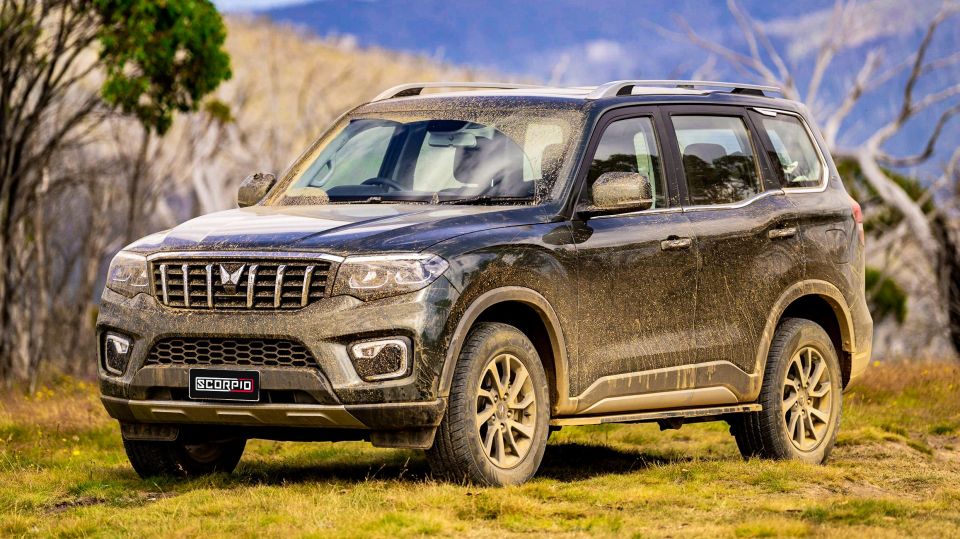
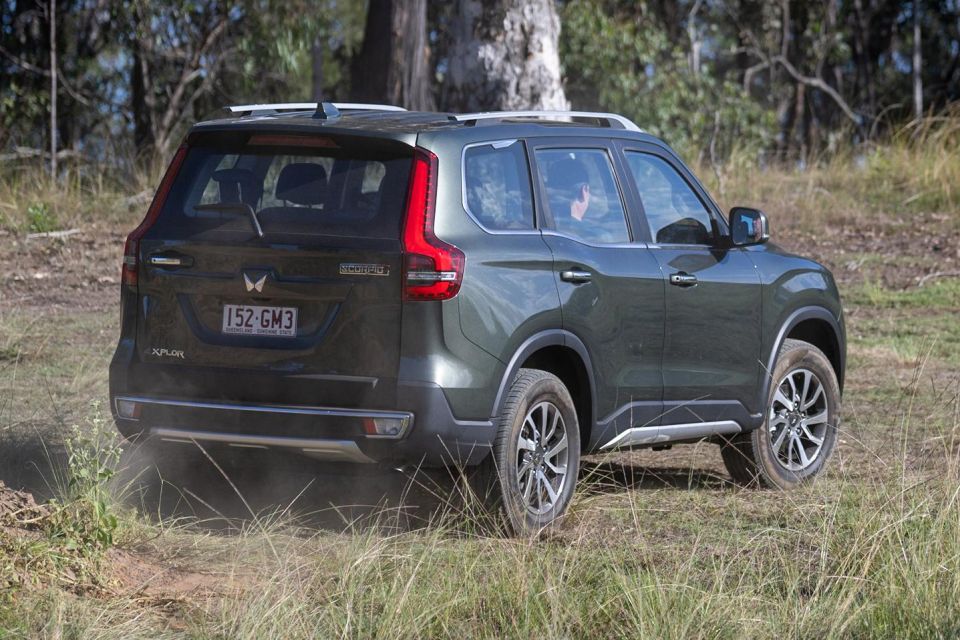

Quickly see how this car stacks up against its competition. Select any benchmark to see more details.
Where expert car reviews meet expert car buying – CarExpert gives you trusted advice, personalised service and real savings on your next new car.
The Mahindra Scorpio body-on-frame SUV dates back to 2002 but is only launching now in Australia in third-generation guise.

Priced from $41,990 drive-away until June 30, this six-seat SUV is an exciting vehicle for the Indian brand’s local division, as it’s the company’s first all-new vehicle in over a decade.
The Scorpio is also kickstarting Mahindra Automotive Australia’s push for more urban buyers, and will be followed up by the sleeker-looking XUV700 unibody SUV later this year.
Based on a new third-generation body-on-frame architecture, the Scorpio is available with two trim levels at launch in Australia.
Both of these trim levels are packed with plenty of standard equipment, but currently lack critical active safety systems like autonomous emergency braking (AEB). This will apparently come with a mid-life update.
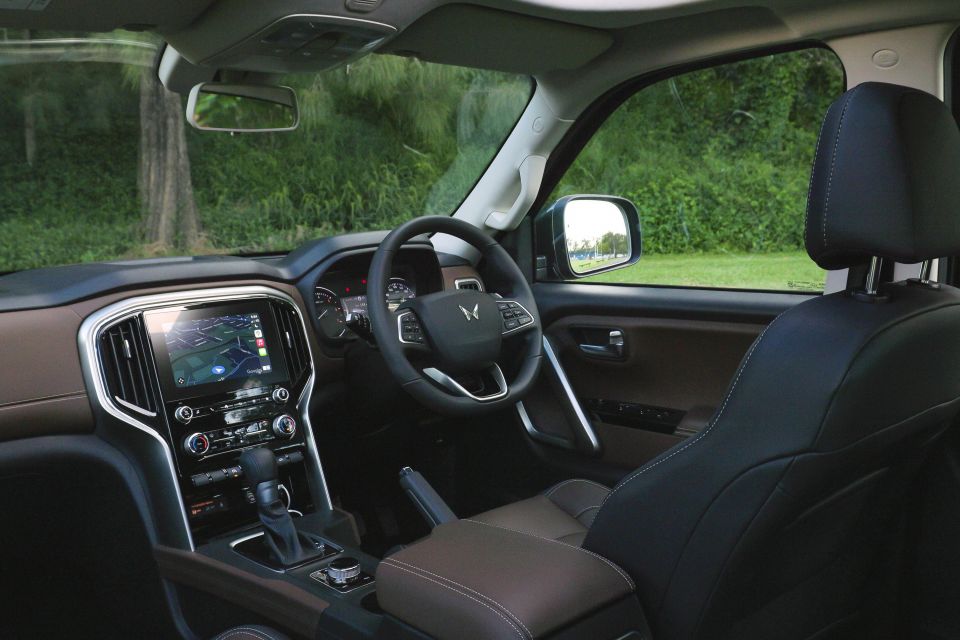
Although the Scorpio is technically a Large SUV according to current FCAI guidelines, it’s definitely on the smaller side and is closer in size to medium SUVs like the Subaru Forester.
How does this latest entrant into the Large SUV segment hold up to the likes of its many three-row, body-on-frame competitors?
The Mahindra Scorpio range currently starts at just $41,990 drive-away for the entry-level Z8 variant, and extends to $44,990 drive-away for the Z8L.
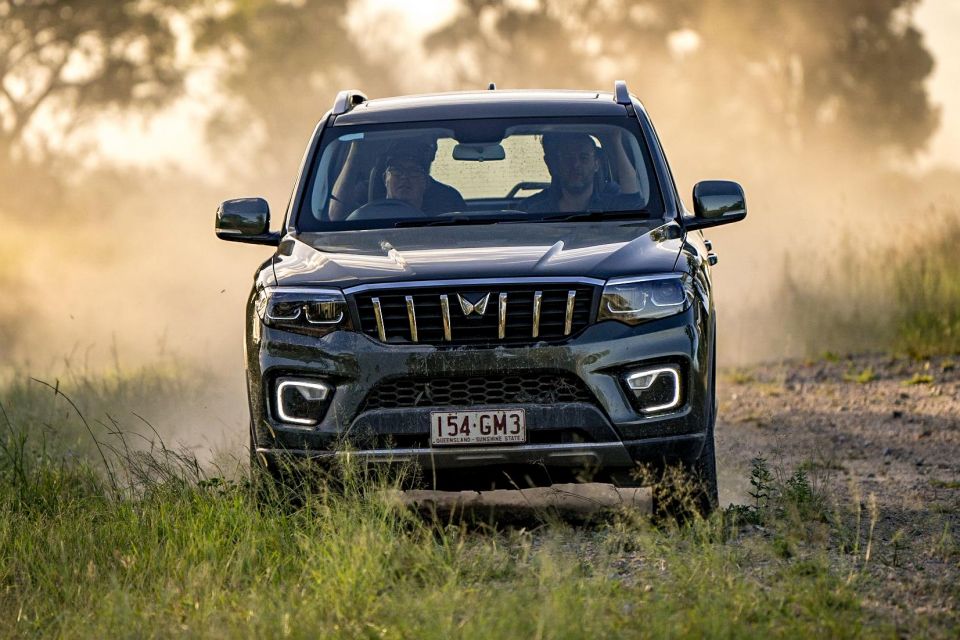
These prices are both introductory nation-wide drive-away prices that are in place until June 30, 2023. It’s unclear what the prices will change to after this time.
The Scorpio is definitely the most affordable body-on-frame large SUV with three rows of seating on sale right now in Australia, with it undercutting some more established rivals by a considerable amount.
Rivals include:
Prices are before on-road costs, unless specified otherwise

Another notable rival is the GWM Tank 300 Hybrid which starts at $55,990 drive-away. It is based on a body-on-frame architecture but only has five seats.
The Scorpio will also form as a rival to the Suzuki Jimny 5-Door that’s expected to launch locally in late 2023 or early 2024, and isn’t yet priced for Australia.
Buy your new car without the stress. It's fast, simple and completely free.

Great service from Travis and team, second time I have used this business would not hesitate to recommend them to anyone
Craig C.
Purchased a Ford Ranger in Sunshine Coast, QLD
CarExpert helped Craig save thousands on his Ford Ranger, now let us save you on your next new car.
Find a dealHopping into the Scorpio, one the first things you’ll notice is the Coffee-Black two-tone upholstery that’s refreshing to see and breaks up the monotony of black trims that are extremely common in its rivals.
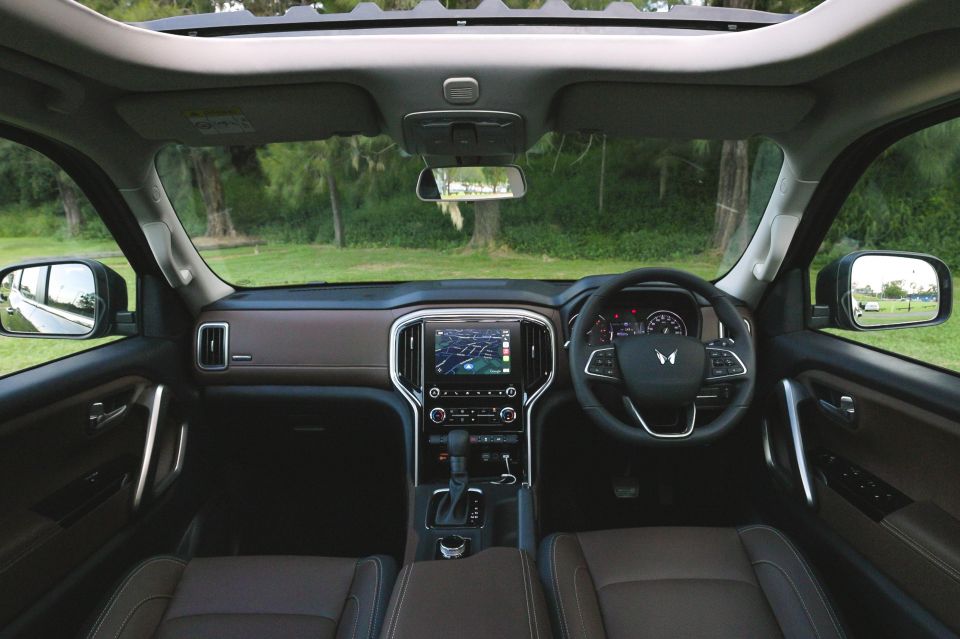
There are a considerable amount of soft-touch materials scattered around the high touch-points, which is surprising given Mahindra’s budget origins. You don’t have to look far to find the inevitable hard plastics though.
All the seats are finished in leatherette and have large perforated panels which are well received on hotter days.
The driver’s seat on the entry-level Z8 variant is entirely manual, whereas on the flagship Z8L they are electric with six ways of adjustment. I found I was able to sit comfortably behind the wheel of both variants.
You sit up high in the Scorpio and have a commanding view of the road ahead, which is sought after among crossover and SUV buyers. There’s also plenty of glass around the cabin which allows for Subaru Forester-rivalling visibility. This is aided by the standard sunroof across the range.
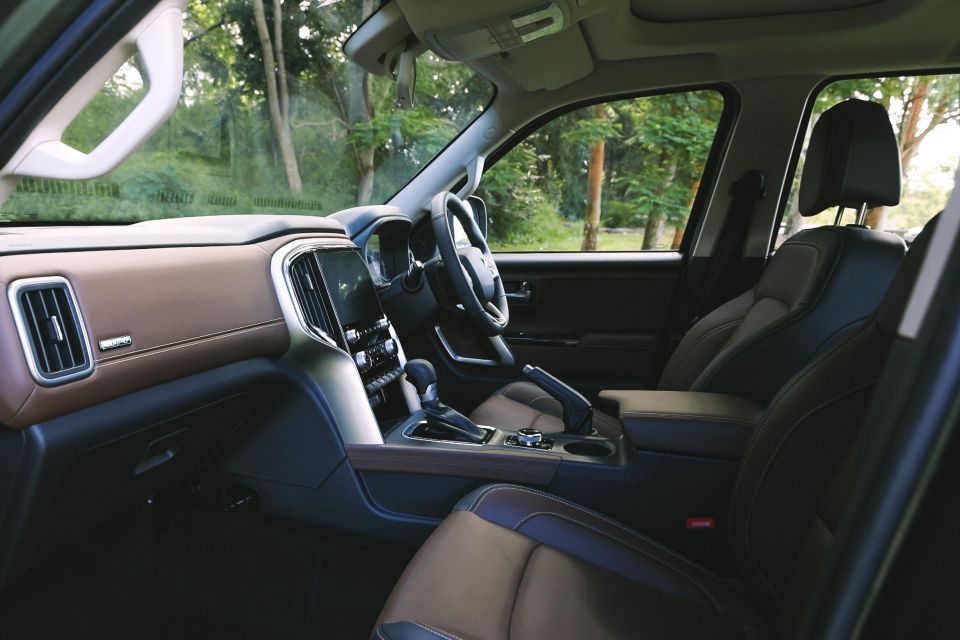
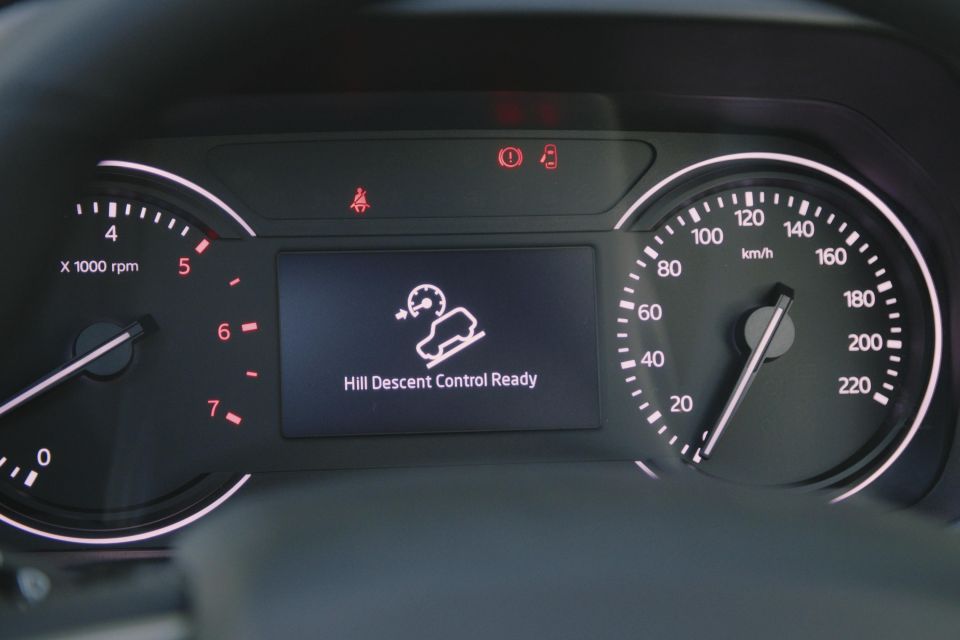
The steering wheel is a chunky unit which is wrapped in leatherette and feels solid to hold. One thing to note is the steering wheel only has tilt adjustability. There’s no reach adjustability which prevents you from getting an absolutely perfect driving position.
The buttons and rocker switches on the steering wheel are logically placed and have a squidgy action. Thankfully they aren’t touch-capacitive buttons.
You use these steering wheel buttons to interact with the digital screen that sits between a set of clear analogue dials. The size and type of digital screen depends on which variant you opt for.
The entry-level Z8 has a 4.2-inch monochrome screen and the Z8L has a larger 7.0-inch colour display. Both screens have a number of informative pages, though the Z8L’s larger colour screen looks more modern and doesn’t make the content appear as cramped.

Both of these screens are still a far cry from the fully digital instrument clusters available on the Ford Everest, though they’re on par with what’s offered on the majority of its competitors.
Moving across, the entire Scorpio range gets an 8.0-inch touchscreen infotainment system that sits proudly on the dashboard, though it is a little basic.
The system has a fair amount of processing power, which means it boots up and loads new content pretty quickly.
The entry-level Z8 has wired Apple CarPlay and Android Auto, whereas the flagship Z8L has wireless forms of both. The latter also gains a wireless phone charger.
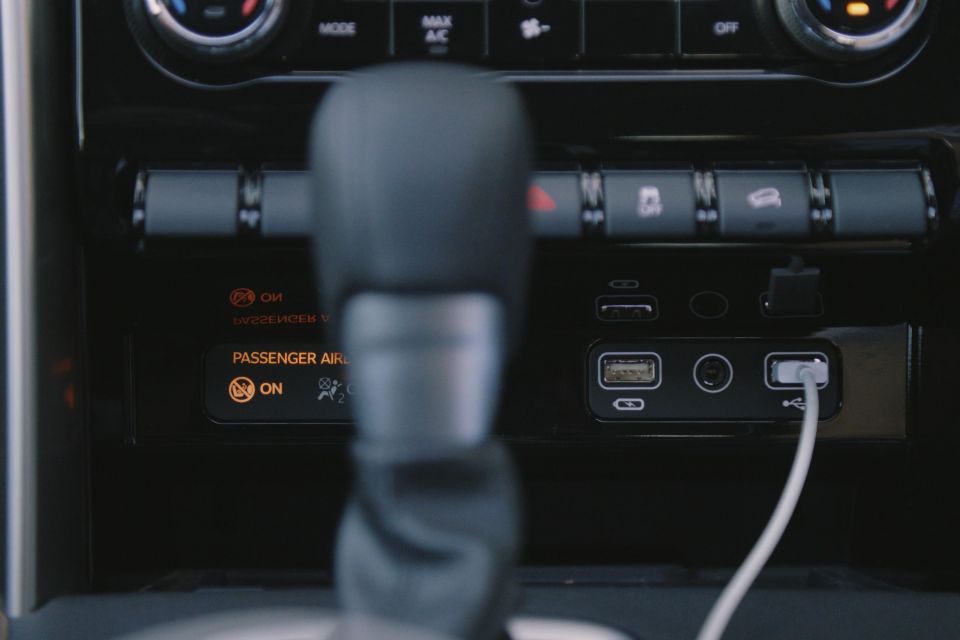
It’s worth noting Apple CarPlay won’t be available until you get a firmware update from your dealer. Mahindra has said this firmware update is due around July and August.
Another infotainment element that requires a firmware update is the fact the entry-level Z8 variant’s touchscreen doesn’t currently display the set temperature for the dual-zone climate control. This is the only way to tell what temperature the climate control is set to.
The touchscreen on the flagship Z8L variants can display the set temperature though…
It’s unclear when this particular firmware update for the Z8 will be available to owners.
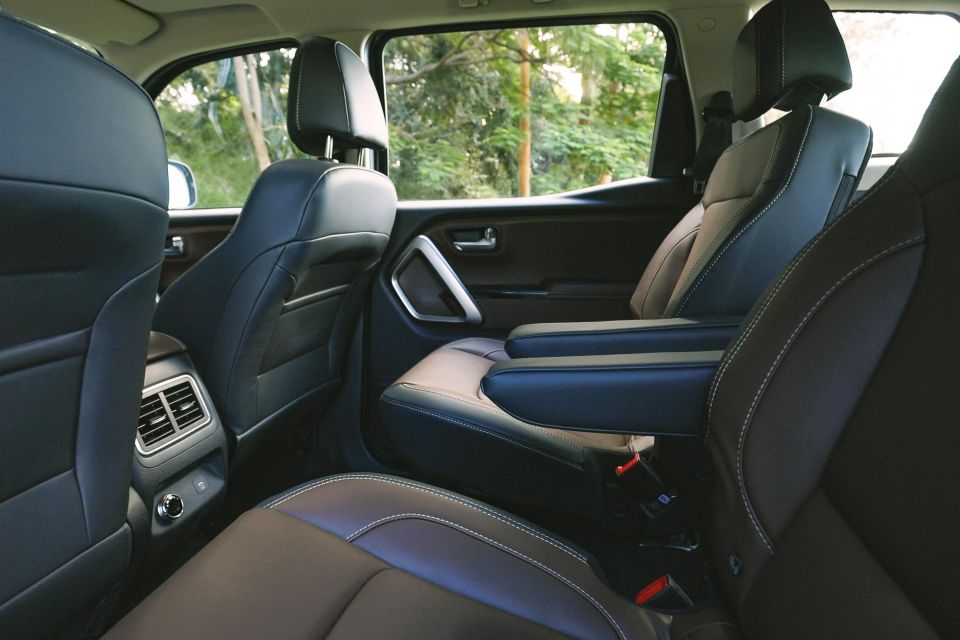
Neither Scorpio variants have built-in satellite navigation, which is a bit unfortunate but not world-ending as you can easily use smartphone mirroring navigation instead.
The Scorpio Z8 has a six-speaker sound system as standard, whereas the Z8L has a 12-speaker Sony-branded sound system with a subwoofer. The latter of these systems absolutely slaps.
Moving to the second row there are two captain’s chairs with Kia Carnival-esque armrests. These types of seats are incredibly unique as all of the Scorpio’s rivals have a second-row bench with three seats as standard.
Although the second-row seats don’t slide, there’s still heaps of space behind the front seats. At a leggy 182cm tall, I was able to sit in the second row for a long time and wasn’t uncomfortable at any point.
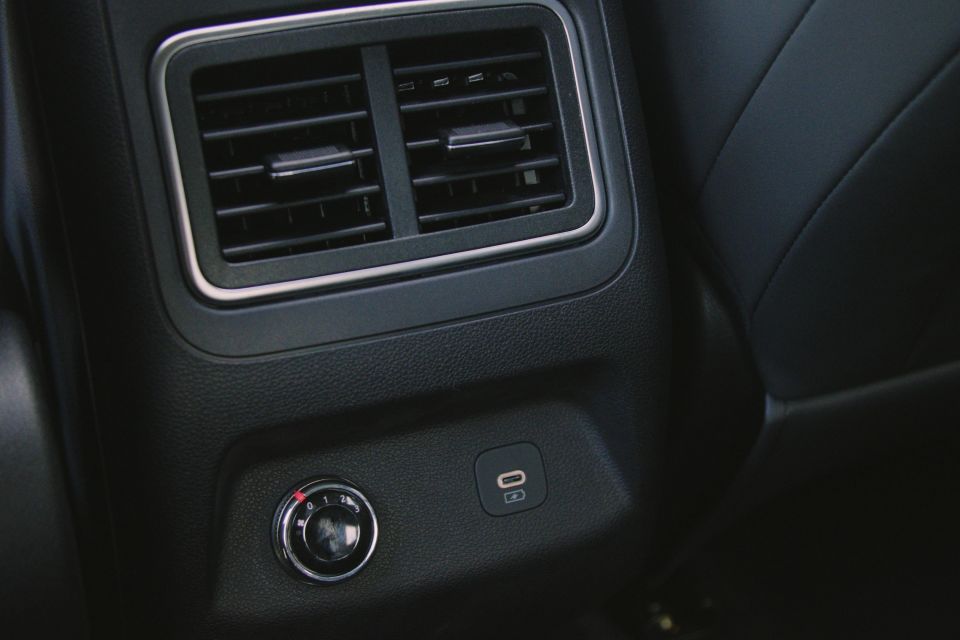
There is a dedicated blower control for the second row on the back of the centre console, with air vents and a singular USB-C port on there too.
The second-row seats fold and tumble allowing easy access to the two third-row seats that aren’t anywhere near as plush as the former.
I do fit in the third row at a pinch but my knees felt like they were at my chin, and over every bump my head hit the roof. Kids would be fine in the third row, but I wouldn’t necessarily recommend it given the Scorpio’s lack of active safety features.
The third row seats are a one-piece bench that also folds and tumbles forward like the second-row seats. Unfortunately this means the Scorpio doesn’t have a flat boot floor.
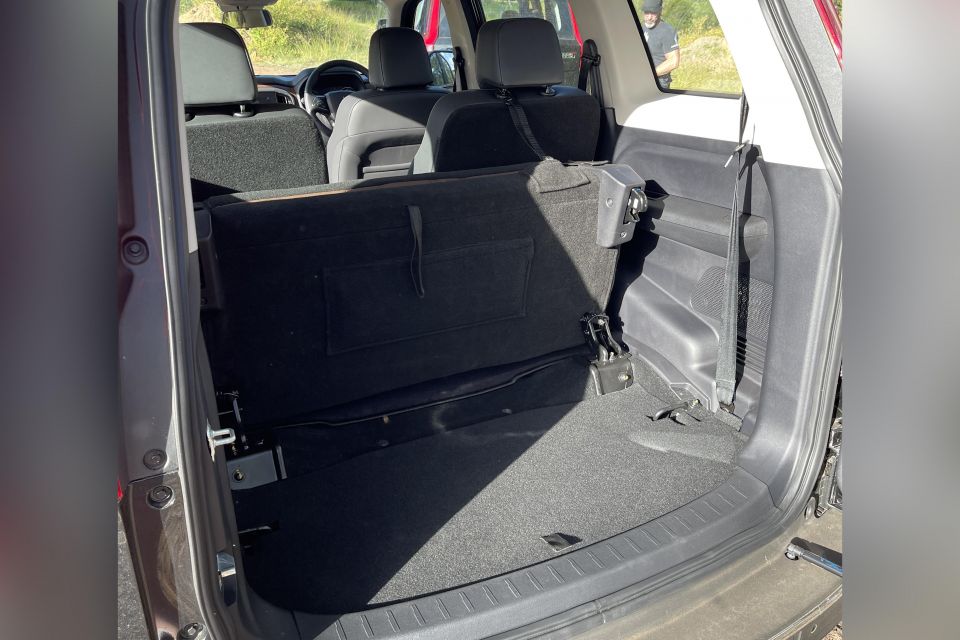
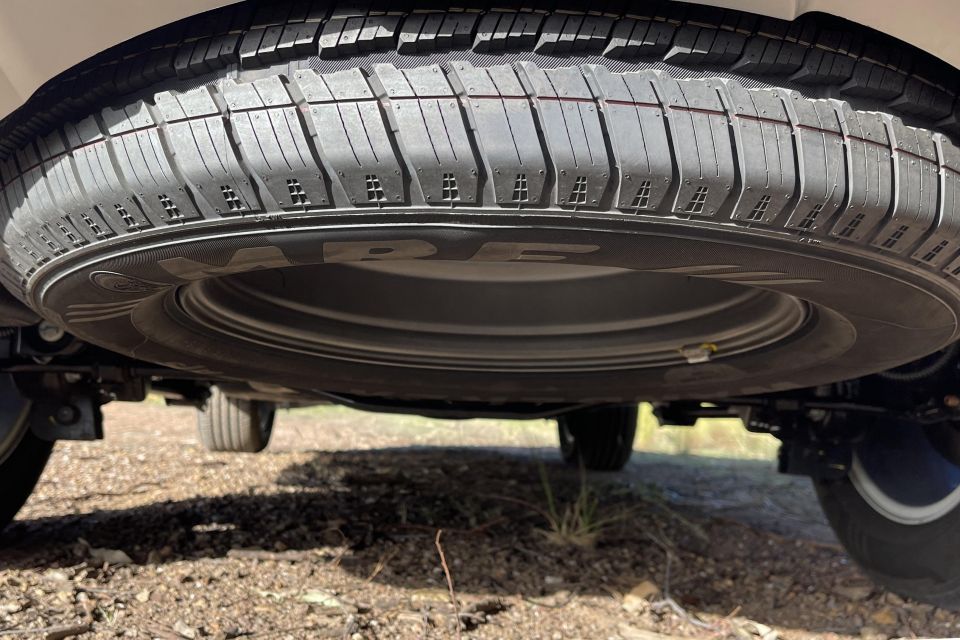
Speaking of the boot, Mahindra doesn’t quote a load capacity with all three rows of seating upright but it’s virtually nothing. With the third row folded there’s 686L, and with the third row tumbled there’s 756L.
Something to keep in mind is the tailgate on the Scorpio hinges from the side, which means you’ll have to be careful and allow extra space when parking.
This type of tailgate is common in the large SUV segment, think the Jeep Wrangler, GWM Tank 300, and the Toyota LandCruiser Prado, but it would be nice to have a tailgate that hinges from the top though for practicality sake.
Thankfully there’s a full-size spare wheel that’s mounted underneath the vehicle.
The entire Mahindra Scorpio range is powered by a Euro 6b-compliant 2.2-litre ‘mHawk’ four-cylinder turbo-diesel engine producing 129kW of power and 400Nm of torque. This is down on the segment benchmarks of 150kW and 500Nm.
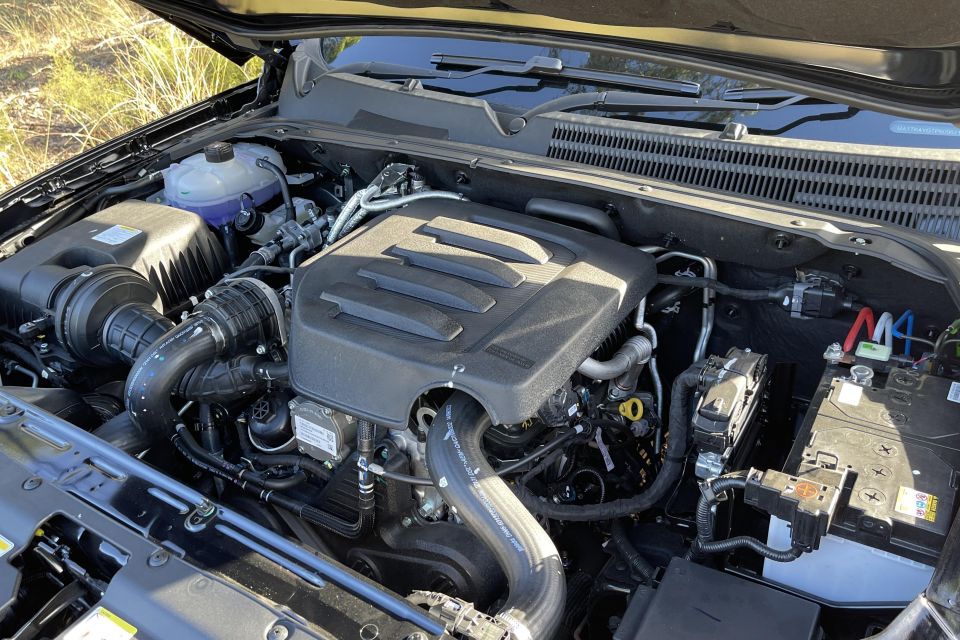
This is mated to an Aisin-sourced six-speed automatic transmission with drive sent through a part-time four-wheel drive system that has a shift-on-the-fly function between 2H and 4H that works up to 80km/h, as well as a low-range transfer case.
There’s also a self-locking mechanical rear differential and a Bosch-sourced brake-locking differential. The Scorpio comes with the company’s ‘4XPLOR’ terrain system with Normal, Snow, Mud & Ruts, and Sand drive modes.
It has a maximum braked towing capacity of 2500kg, which is down from the current 3500kg benchmark, whereas unbraked towing is up to 750kg.
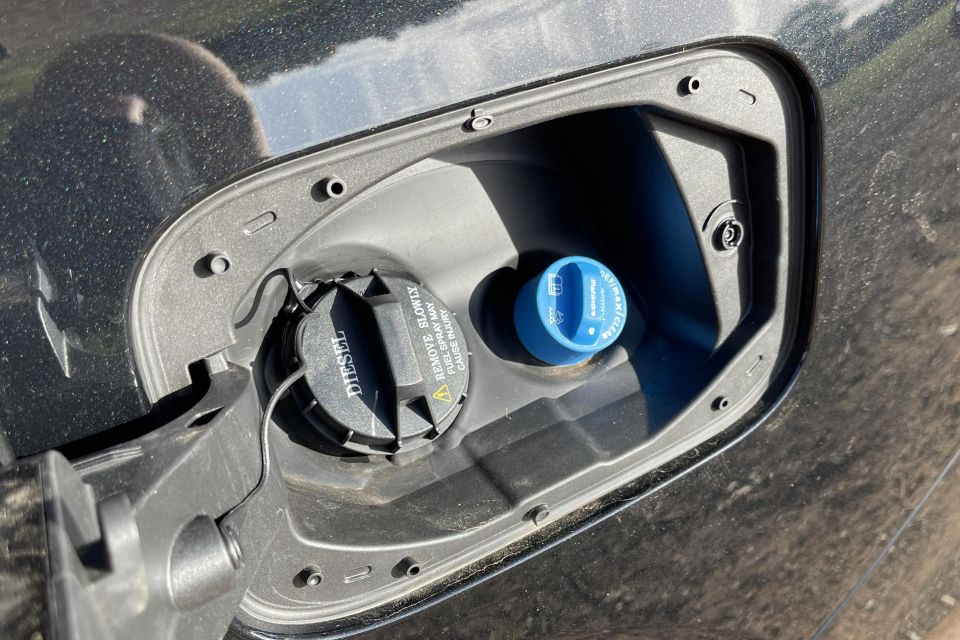
Where expert car reviews meet expert car buying – CarExpert gives you trusted advice, personalised service and real savings on your next new car.
Kerb weight depends on the variant but is around 2100kg for both, with payload between 510kg and 525kg. Gross vehicle mass (GVM) for the Scorpio is 2610kg, and gross combination mass (GCM) is 5155kg.
Claimed fuel economy for the Scorpio is 7.2 litres per 100km, though during our launch drive program we saw an average of 8.6 litres per 100km on the road and 13.2 litres per 100km during the off-road section. It has a 57-litre fuel tank and also uses AdBlue.
During the launch drive program for the Mahindra Scorpio we drove briefly on the sweeping roads around Mount Cotton in Queensland, and also did a more comprehensive off-road portion.
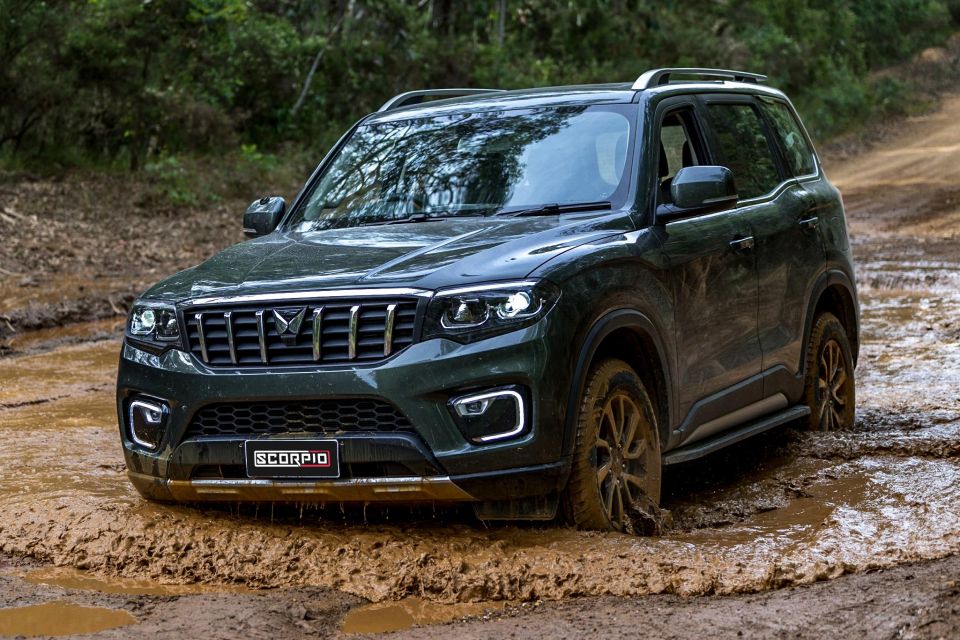
Although I did get a fair opportunity to drive the Scorpio on the launch event, it’d be worth withholding absolute judgement until I can drive the car on more familiar grounds.
From a standstill the Scorpio has enough power and torque to get moving. Although its 129kW and 400Nm outputs don’t sound amazing on paper, you’ll be keeping up with traffic from the lights completely fine.
If you do push the car the engine starts to show its limits and things get a bit loud. The tried-and-tested Aisin-sourced six-speed automatic transmission does its best though to get the power to the road.
Unlike a number of its body-on-frame large SUV rivals, the Scorpio has quite light steering. This is due to its dual-pinion electronic power steering system and is most noticeable in low-speed scenarios.
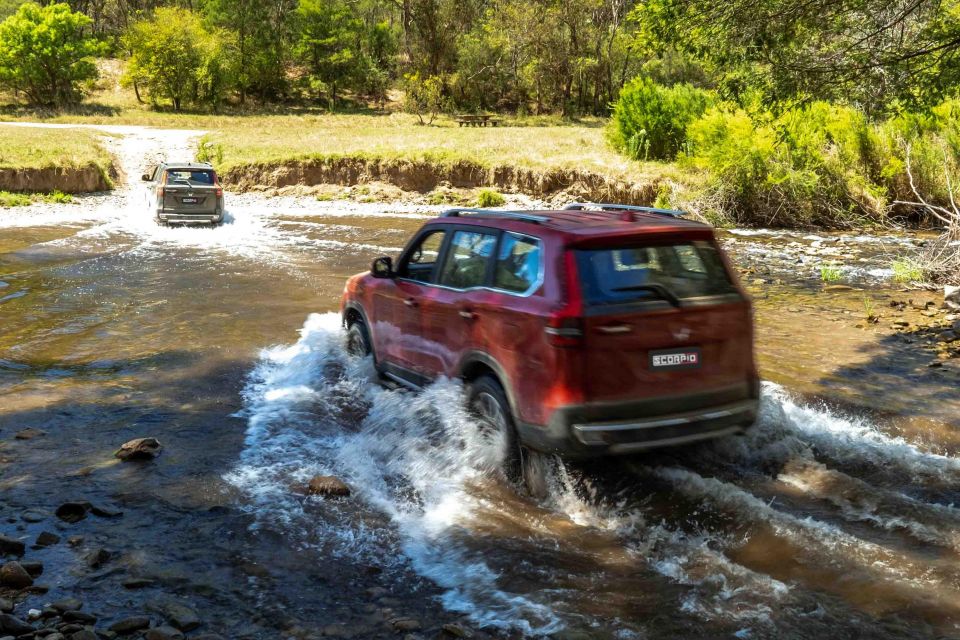
A benefit of this feather-light steering is that parking is a breeze. Something you’ll notice though is the rear-view camera is a little grainy and it has a jumpy refresh rate. The top-spec Z8L’s front-facing camera is the same too.
The car’s light steering translates to higher-speed scenarios, which does make it feel nimble, yet a little devoid of feeling.
Once you’re at speed the Scorpio’s engine and transmission work really well to settle things down. The car is really comfortable when cruising and it has enough torque to keep the momentum going.
The Scorpio has a suspension setup comprising double wishbone at the front and Watt’s link at the rear, which is common among a number of body-on-frame SUVS, including the Ford Everest and LDV D90. This suspension setup allows for a compliant ride both on- and off-road.
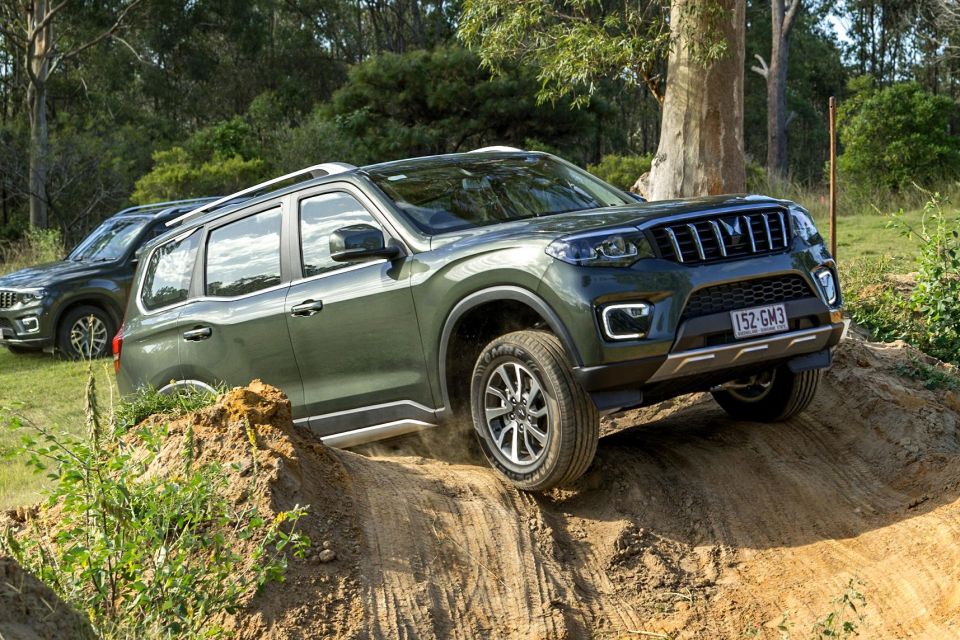
The Scorpio also has technology called ‘Frequency Dependent Damping’. This means the car can remain composed over a singular bump with high damping force, but can also have a comfortable ride on bumpier roads with low damping force.
I was quite surprised with how compliant the Scorpio is on sealed roads, and even more so off-road when the going got tough.
In terms of off-road equipment, the Mahindra Scorpio is fully loaded. The car has a four-wheel drive system with a shift-on-the-fly function between 2H and 4H that works up to 80km/h, as well as a proper low-range transfer case. There’s also a self-locking mechanical rear differential and a brake-locking differential.
The Scorpio comes with the company’s ‘4EXPLOR’ terrain system that includes Normal, Snow, Mud & Ruts, and Sand drive modes that change the car’s throttle, transmission and traction control calibration.
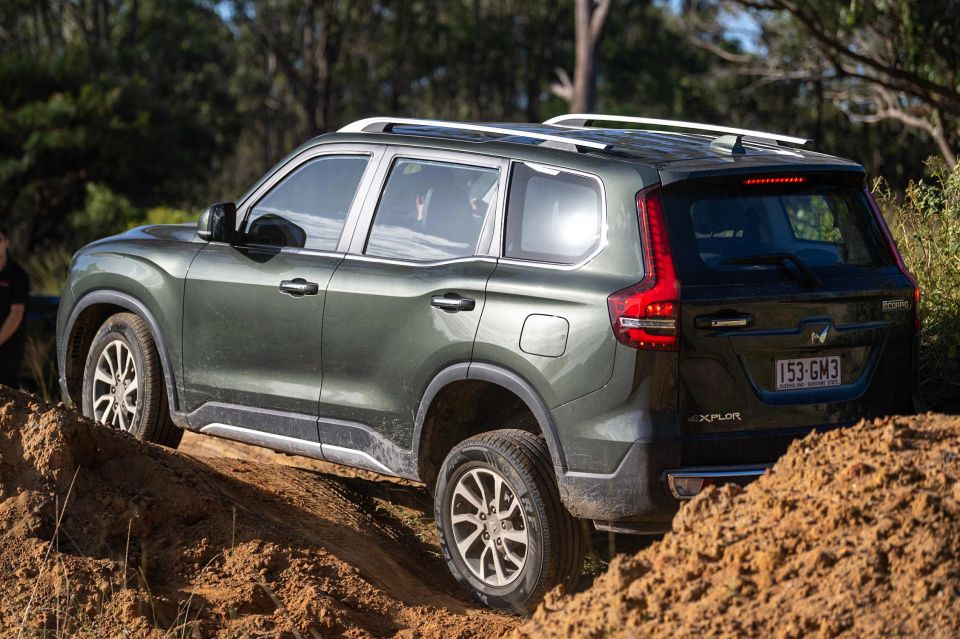
We got to thoroughly test out all of the Scorpio’s off-road-abilities during our launch drive program and it didn’t break a sweat whatsoever.
My favourite part was how the self-locking mechanical rear differential was able to clunk into action and assist the car in getting to where it was headed.
Some of the cars did put on their hazard lights though when people stabbed the brakes suddenly during difficult off-road manoeuvres. In these instances the car thought they were doing an emergency stop.
It’s at this point I should mention the Scorpio comes with an engine idle stop-start system that can only be properly turned off when the engine is running. If you try to switch the system off when it’s active and the engine is off, you’ll need to start the car again using the push button.
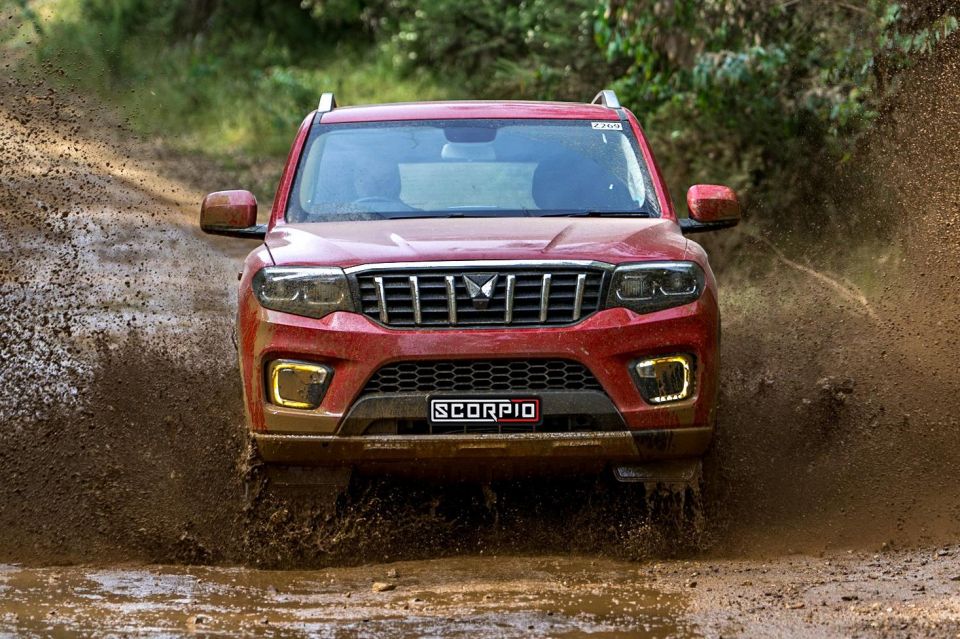
I don’t quite understand Mahindra’s logic in turning the Scorpio’s engine idle stop-start system off as every car I’ve ever tested with this technology doesn’t require this extra step. The engines simply turn back on when the button is pressed.
On the safety front, the Scorpio has absolutely no active safety equipment. This means no autonomous emergency braking (AEB), blind-spot monitoring, rear cross-traffic alert, lane-keeping assist, or adaptive cruise control.
Mahindra has said AEB will come with a mid-life update though, as it will become mandatory on all new vehicles sold in Australia from March 1, 2025.
Having no active safety features in a family-oriented SUV is absolutely madness in 2023. I understand some people don’t like how some people don’t like how intrusive some systems can be, but they’re there to save your life in the event of accident.
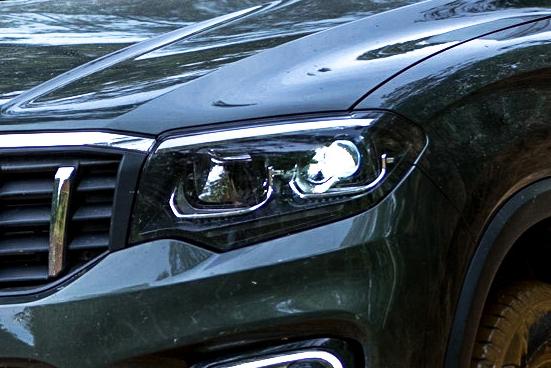
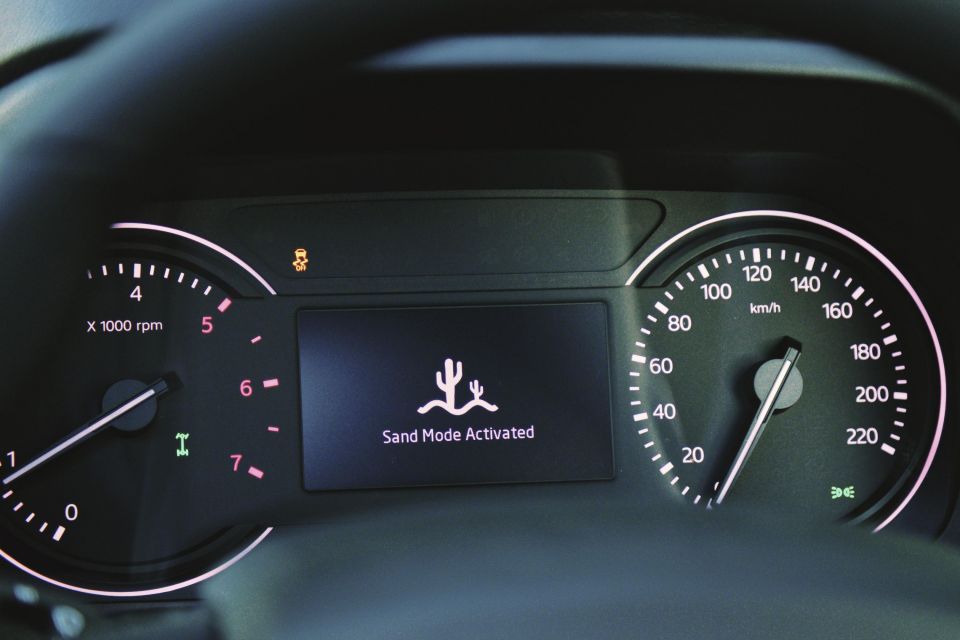
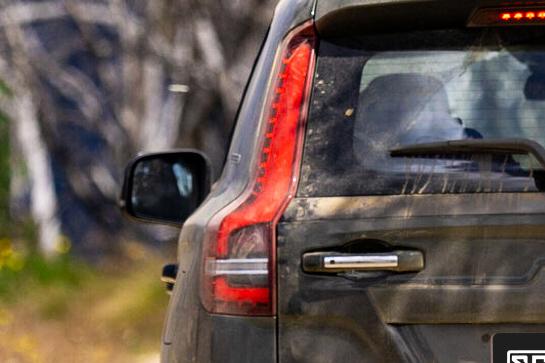
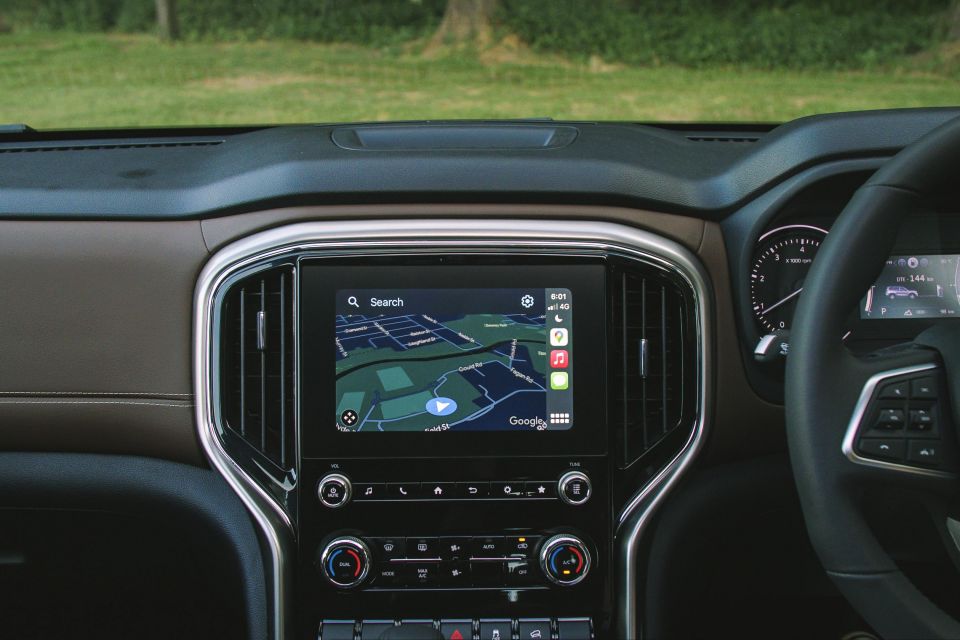
Scorpio Z8 features:
Scorpio Z8L adds:
Apple CarPlay isn’t available at launch and requires a firmware update by a dealer. Mahindra says this firmware update will be available around July or August.
The Mahindra Scorpio hasn’t been tested by ANCAP yet, but it scored a five-star rating according to the lenient Global New Car Assessment (GNCAP) protocols.
As recently reported, the Scorpio won’t be fitted with autonomous emergency braking (AEB) at launch. It’ll come with a mid-life update, we’re assured.
AEB is now mandatory on all new vehicles approved for sale from March 1, 2023, with the Scorpio just scraping before this deadline. All new vehicles from March 1, 2025 require AEB.
Mahindra Group vice president and head of international operation Joydeep Moitra recently told Australian media “it’s in our product lifecycle plan” to have the Scorpio tested by ANCAP.
Other Mahindra executives hinted that Scorpio ANCAP testing will be delayed until active safety features like autonomous emergency braking (AEB) are added as part of the update.
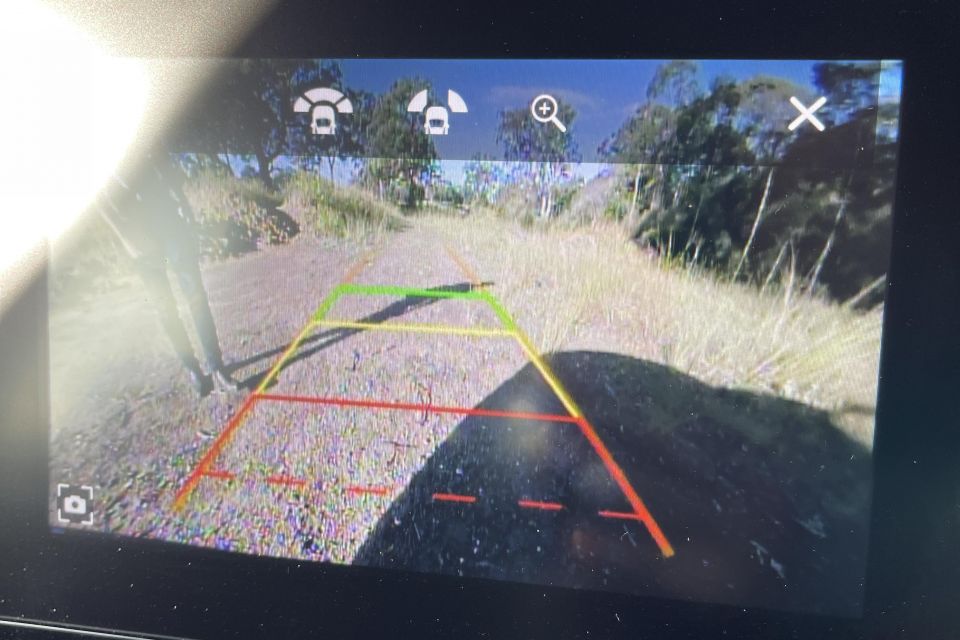
Standard safety features include:
The top-spec Z8L adds front parking sensors and a front-facing camera.
The Mahindra Scorpio is the first model to be covered by the brand’s new factory-backed seven-year/150,000km warranty for private buyers.
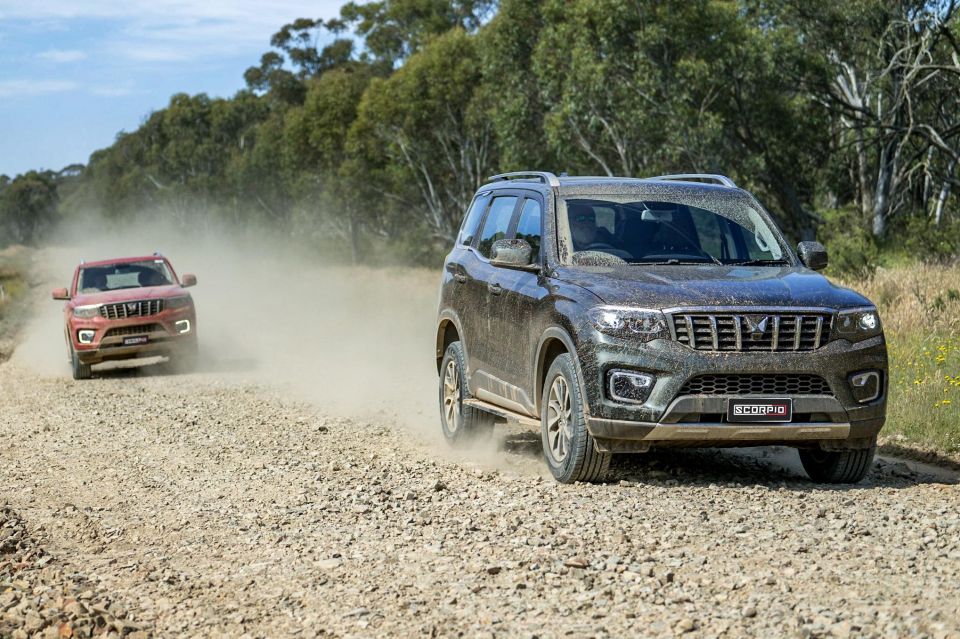
Logbook servicing is required every 12 months or 15,000km, whichever comes first.
Mahindra hasn’t finalised service pricing just yet.
The Mahindra Scorpio is a surprising, yet slightly forgettable vehicle from the brand that currently sells only the bare-bones Pik-Up ute.

This body-on-frame SUV is a unique proposition given its standard six-seat configuration. It’s also one, if not the, smallest SUVs on sale in Australia with three rows of seating.
Mahindra has obviously put a lot of attention into on how well the Scorpio tackles both on- and off-road scenarios. Its four-wheel drive setup is simple, yet effective too.

Although the Scorpio does come with a large smattering of standard features, it’s really disappointing there aren’t any form of active safety features at all.
Given this lack of critical active safety features, I can’t wholeheartedly recommend the Scorpio for family buyers.
If safety isn’t your top priority, the top-of-the-range Scorpio Z8L is definitely the pick of the range. You’ll also be able to get it for much less than more established body-on-frame SUV rivals too.
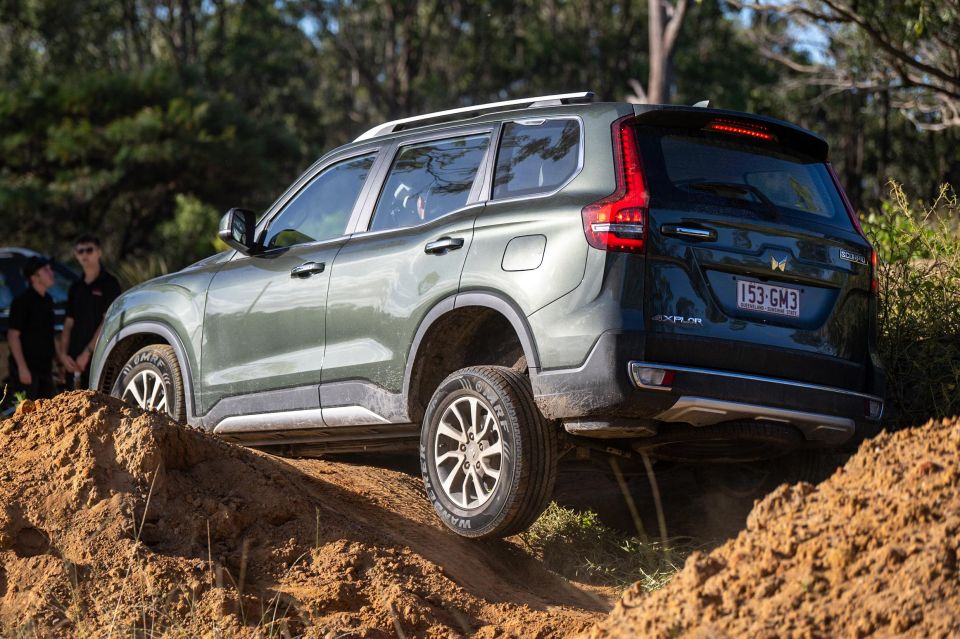
Click the images for the full gallery
Where expert car reviews meet expert car buying – CarExpert gives you trusted advice, personalised service and real savings on your next new car.
Jack Quick is an automotive journalist based in Melbourne. Jack studied journalism and photography at Deakin University in Burwood, and previously represented the university in dance nationally. In his spare time, he loves to pump Charli XCX and play a bit of Grand Theft Auto. He’s also the proud owner of a blue, manual 2020 Suzuki Jimny.


Ben Zachariah
13 Hours Ago


Max Davies
14 Hours Ago


Damion Smy
1 Day Ago


Max Davies
3 Days Ago
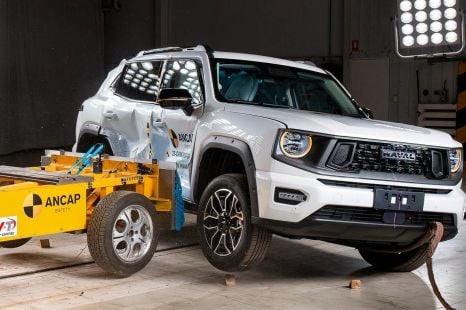

James Wong
4 Days Ago
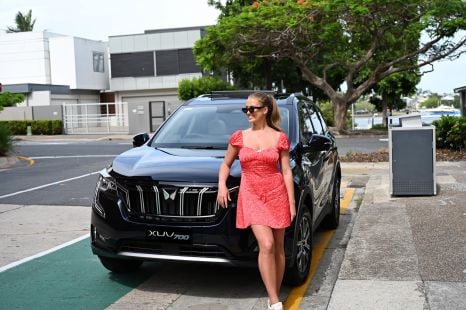

CarExpert.com.au
12 Days Ago